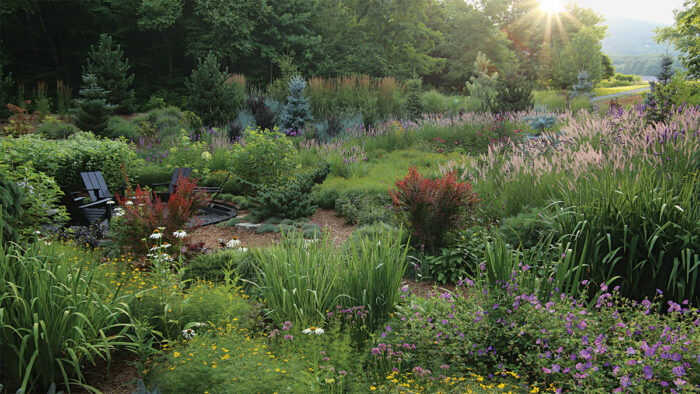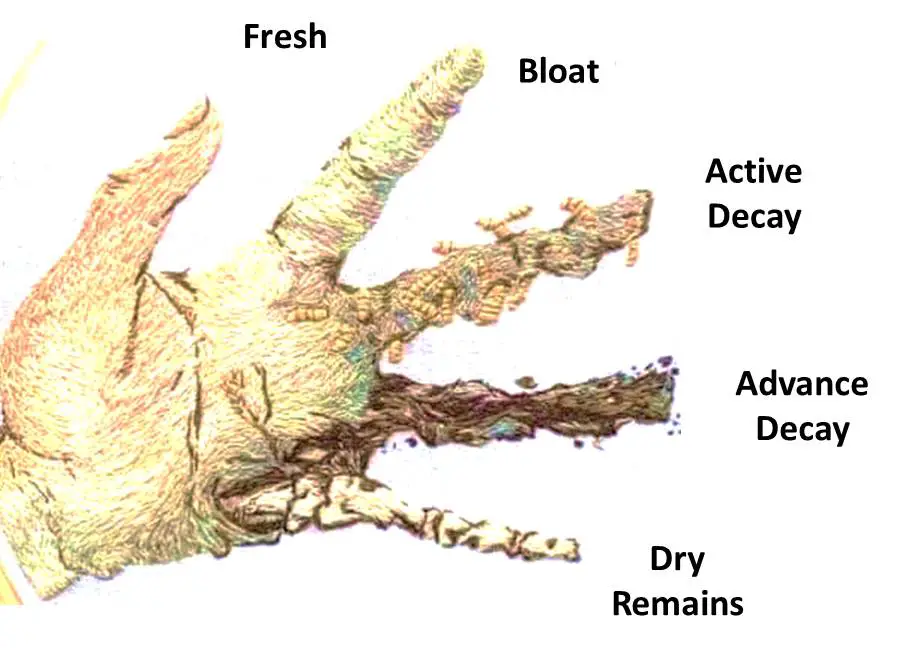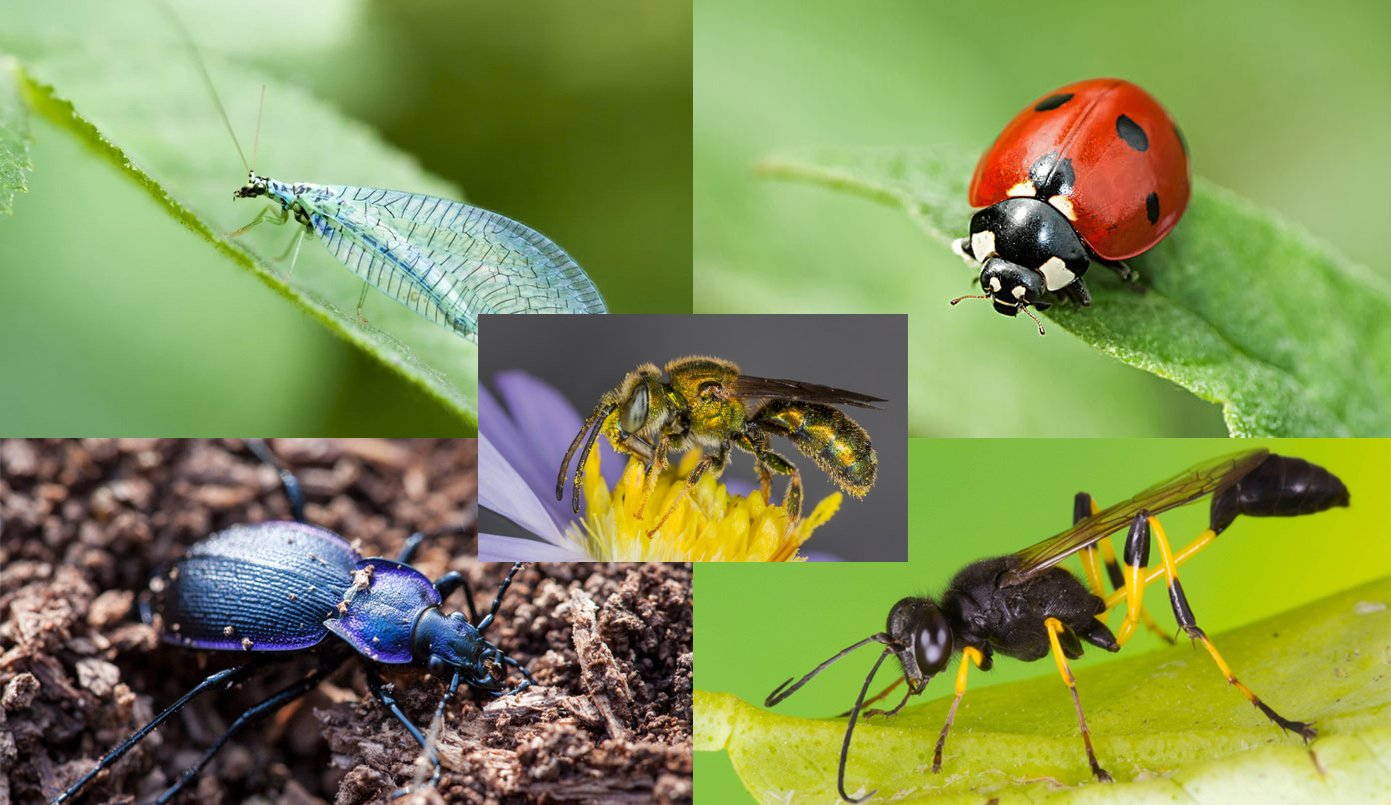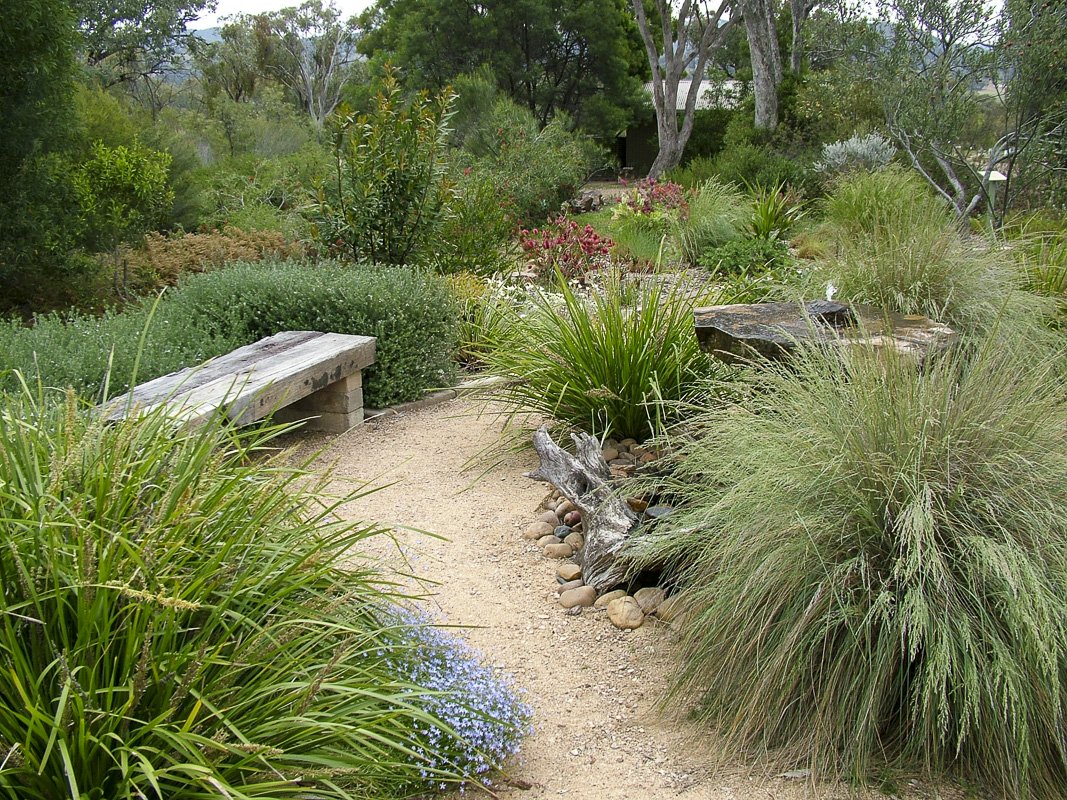
Introduction: The Urgent Call for Meadow Restoration
In a world increasingly dominated by concrete and monoculture, the vibrant tapestry of native plant meadows stands as a beacon of biodiversity and ecological resilience. These meadows, once a common sight across landscapes, are now facing unprecedented threats from habitat loss, invasive species, and the impacts of climate change. The restoration of native plant meadows is not merely an aesthetic endeavor; it’s a crucial step towards preserving our planet’s ecological balance and ensuring a sustainable future for generations to come.
Native plant meadows are more than just picturesque fields of wildflowers. They are complex ecosystems that support a diverse array of life, from pollinators like bees and butterflies to birds, mammals, and countless microorganisms. These meadows play a vital role in soil health, water filtration, carbon sequestration, and overall ecosystem stability. When we lose these meadows, we lose the invaluable services they provide.
This comprehensive guide will delve into the intricate process of creating a native plant meadow restoration project, covering everything from initial planning and site assessment to seed selection, planting techniques, and long-term management strategies. Whether you’re a seasoned conservationist, a budding environmentalist, or simply a homeowner looking to enhance your property’s ecological value, this guide will provide you with the knowledge and tools you need to embark on a successful meadow restoration journey.
Understanding Native Plant Meadows: A Foundation for Restoration
Before diving into the practical aspects of restoration, it’s essential to understand the characteristics of a healthy native plant meadow. These meadows are typically composed of a diverse mix of grasses, wildflowers (forbs), and sedges, all of which are native to the region. The specific plant species will vary depending on the climate, soil type, and geographic location.
Key Characteristics of a Healthy Native Plant Meadow:
- Plant Diversity: A healthy meadow boasts a wide variety of plant species, creating a complex and resilient ecosystem.
- Native Species Dominance: Native plants are the foundation of the meadow, providing food and habitat for native wildlife.
- Minimal Invasive Species: Invasive species can outcompete native plants and disrupt the ecosystem’s balance.
- Healthy Soil: The soil is rich in organic matter and supports a thriving community of microorganisms.
- Pollinator Support: The meadow provides ample nectar and pollen resources for bees, butterflies, and other pollinators.
- Wildlife Habitat: The meadow offers shelter, nesting sites, and food sources for a variety of wildlife species.
Understanding these characteristics will help you set realistic goals for your restoration project and guide your decision-making throughout the process. It’s also crucial to research the specific native plant communities that historically occurred in your region. Local conservation organizations, native plant nurseries, and university extension offices can provide valuable information and resources.
Planning Your Meadow Restoration Project: Setting the Stage for Success
A well-planned restoration project is more likely to achieve its goals and create a sustainable meadow ecosystem. The planning phase involves several key steps, including site assessment, goal setting, budget development, and timeline creation.
1. Site Assessment: Understanding Your Canvas
The first step is to thoroughly assess the site where you plan to establish your meadow. This involves evaluating the following factors:
- Soil Type and Condition: Conduct a soil test to determine the soil’s texture, pH, nutrient levels, and organic matter content. This information will help you select plant species that are well-suited to the site.
- Sunlight Exposure: Assess the amount of sunlight the site receives throughout the day. Most native meadow plants require at least six hours of direct sunlight per day.
- Existing Vegetation: Identify the existing plant species on the site, including both native and non-native plants. Pay close attention to invasive species, as they will need to be controlled before planting.
- Hydrology: Evaluate the site’s drainage patterns and identify any areas that are prone to flooding or drought.
- Topography: Consider the slope and elevation of the site, as these factors can influence plant selection and erosion control.
- Land Use History: Research the site’s past land use practices, as these can have a significant impact on soil health and plant communities.
2. Setting Realistic Goals: Defining Your Vision
Clearly define your goals for the restoration project. What do you hope to achieve by creating a native plant meadow? Are you primarily interested in supporting pollinators, providing wildlife habitat, improving soil health, or enhancing the aesthetic appeal of the landscape? Your goals will influence your plant selection, management strategies, and overall approach to the project.
3. Developing a Budget: Allocating Resources Wisely
Estimate the costs associated with the restoration project, including site preparation, seed or plant purchase, labor, equipment rental, and ongoing maintenance. Develop a realistic budget and explore potential funding sources, such as grants, donations, and volunteer support.
4. Creating a Timeline: Mapping Out the Process
Establish a timeline for the restoration project, outlining the key tasks and deadlines. Consider the seasonal timing of planting, weed control, and other management activities. Be realistic about the amount of time and effort required to complete the project.
Site Preparation: Preparing the Ground for Success
Proper site preparation is crucial for creating a favorable environment for native plants to thrive. This typically involves removing existing vegetation, controlling invasive species, and preparing the soil for planting.
1. Vegetation Removal: Clearing the Way for Natives
The first step in site preparation is to remove existing vegetation, including grasses, weeds, and woody plants. Several methods can be used for vegetation removal, including:
- Herbicide Application: Herbicides can be effective for killing existing vegetation, but it’s important to use them carefully and selectively to avoid harming desirable plants or contaminating the soil. Choose herbicides that are specifically designed for the target species and follow the manufacturer’s instructions carefully.
- Tilling or Cultivation: Tilling or cultivation can be used to break up the soil and kill existing vegetation. However, this method can also disturb the soil structure and release weed seeds from the soil seed bank.
- Smothering: Smothering involves covering the site with a thick layer of cardboard, black plastic, or other material to block sunlight and kill existing vegetation. This method is effective for controlling weeds, but it can take several months to complete.
- Prescribed Burning: Prescribed burning can be used to remove thatch and kill existing vegetation, while also stimulating the germination of native plant seeds. However, prescribed burning requires specialized training and equipment and should only be conducted by experienced professionals.
2. Invasive Species Control: Battling the Invaders
Controlling invasive species is essential for preventing them from outcompeting native plants and disrupting the ecosystem’s balance. Invasive species can be controlled through a variety of methods, including:
- Hand Pulling: Hand pulling is effective for controlling small infestations of invasive plants, especially in areas where herbicide use is not desirable.
- Herbicide Application: Herbicides can be used to control larger infestations of invasive plants, but it’s important to choose herbicides that are specifically designed for the target species and follow the manufacturer’s instructions carefully.
- Mowing: Mowing can be used to suppress the growth of some invasive plants, but it’s important to mow at the right time of year to prevent them from setting seed.
- Biological Control: Biological control involves using natural enemies, such as insects or pathogens, to control invasive plants. This method can be effective, but it’s important to ensure that the biological control agent is specific to the target species and does not harm native plants.
3. Soil Preparation: Creating a Healthy Foundation
Preparing the soil for planting involves improving its structure, fertility, and drainage. This can be achieved through a variety of methods, including:
- Soil Amendment: Amend the soil with compost, manure, or other organic matter to improve its structure, fertility, and water-holding capacity.
- Tilling or Cultivation: Tilling or cultivation can be used to break up compacted soil and improve drainage. However, this method can also disturb the soil structure and release weed seeds from the soil seed bank.
- Cover Cropping: Plant a cover crop, such as oats or rye, to improve soil health and suppress weed growth. The cover crop can be tilled into the soil before planting the native meadow plants.
Seed Selection and Sourcing: Choosing the Right Plants for Your Meadow
Selecting the right plant species is crucial for creating a successful and sustainable native plant meadow. Choose species that are native to your region, adapted to the site’s soil and sunlight conditions, and aligned with your restoration goals.
1. Native Plant Species: The Cornerstone of a Healthy Meadow
Prioritize native plant species that are historically found in your region. These plants are best adapted to the local climate, soil conditions, and wildlife communities. Consult with local conservation organizations, native plant nurseries, and university extension offices to identify appropriate plant species for your site.
2. Seed Mix Design: Creating a Diverse and Balanced Ecosystem
Develop a seed mix that includes a variety of grasses, wildflowers (forbs), and sedges. Aim for a mix that provides a balance of colors, textures, and bloom times to attract pollinators and support a diverse array of wildlife. Consider the following factors when designing your seed mix:
- Bloom Time: Select species that bloom at different times throughout the growing season to provide a continuous source of nectar and pollen for pollinators.
- Plant Height: Include plants of varying heights to create a layered effect and provide habitat for different wildlife species.
- Soil Moisture Tolerance: Choose species that are adapted to the site’s soil moisture conditions, whether it’s dry, moist, or wet.
- Sunlight Tolerance: Select species that are adapted to the site’s sunlight exposure, whether it’s full sun, partial shade, or full shade.
3. Seed Sourcing: Ensuring Quality and Authenticity
Source your seeds from reputable native plant nurseries or seed suppliers. Ensure that the seeds are of high quality, free of weeds, and genetically appropriate for your region. Consider purchasing locally sourced seeds to support local economies and preserve genetic diversity.
Planting Techniques: Bringing Your Meadow to Life
The planting method you choose will depend on the size of your project, the type of seeds or plants you’re using, and your available resources. Common planting techniques include broadcasting, drilling, and transplanting.
1. Broadcasting: A Simple and Cost-Effective Method
Broadcasting involves scattering seeds over the soil surface. This method is best suited for large areas and is relatively inexpensive. To broadcast seeds effectively:
- Prepare the Seedbed: Ensure that the soil surface is loose and free of debris.
- Mix Seeds with a Carrier: Mix the seeds with a carrier, such as sand or sawdust, to help distribute them evenly.
- Scatter the Seeds: Scatter the seeds evenly over the soil surface, using a hand-held spreader or a mechanical seeder.
- Press the Seeds into the Soil: Gently press the seeds into the soil using a roller or a rake.
- Water the Seeds: Water the seeds lightly to help them germinate.
2. Drilling: A More Precise and Efficient Method
Drilling involves planting seeds directly into the soil using a seed drill. This method is more precise than broadcasting and can result in higher germination rates. To drill seeds effectively:
- Prepare the Seedbed: Ensure that the soil surface is smooth and free of debris.
- Calibrate the Seed Drill: Calibrate the seed drill to ensure that it’s planting the seeds at the correct depth and spacing.
- Drill the Seeds: Drill the seeds into the soil, following the manufacturer’s instructions.
- Water the Seeds: Water the seeds lightly to help them germinate.
3. Transplanting: A Labor-Intensive but Effective Method
Transplanting involves planting individual plants that have been grown in a nursery or greenhouse. This method is more labor-intensive than broadcasting or drilling, but it can be effective for establishing specific plant species or for filling in gaps in the meadow. To transplant plants effectively:
- Prepare the Planting Holes: Dig planting holes that are slightly larger than the root balls of the plants.
- Remove the Plants from Their Containers: Gently remove the plants from their containers, being careful not to damage the roots.
- Plant the Plants: Place the plants in the planting holes and fill the holes with soil, gently firming the soil around the plants.
- Water the Plants: Water the plants thoroughly to help them establish.
Post-Planting Care: Nurturing Your Meadow’s Growth
Post-planting care is essential for ensuring the long-term success of your native plant meadow. This includes weed control, watering, and monitoring for pests and diseases.
1. Weed Control: Protecting Your Investment
Weed control is crucial for preventing weeds from outcompeting native plants. Common weed control methods include:
- Hand Weeding: Hand weeding is effective for controlling small infestations of weeds, especially in areas where herbicide use is not desirable.
- Mowing: Mowing can be used to suppress the growth of some weeds, but it’s important to mow at the right time of year to prevent them from setting seed. Typically, mowing high (8-12 inches) to avoid damaging the native plants.
- Herbicide Application: Herbicides can be used to control larger infestations of weeds, but it’s important to choose herbicides that are specifically designed for the target species and follow the manufacturer’s instructions carefully. Spot treat instead of blanket spraying.
2. Watering: Providing Essential Moisture
Watering is essential for helping newly planted seeds and plants establish. Water the meadow regularly during the first few weeks after planting, especially during dry periods. Once the plants are established, they will typically not need supplemental watering, unless there is a prolonged drought.
3. Monitoring: Keeping a Close Watch
Monitor the meadow regularly for signs of pests, diseases, or other problems. Early detection and treatment of these problems can prevent them from causing significant damage to the meadow. Look for signs of insect damage, fungal diseases, or nutrient deficiencies. Contact your local extension office for help identifying and treating any problems you encounter.
Long-Term Management: Sustaining Your Meadow’s Health
Long-term management is essential for maintaining the health and diversity of your native plant meadow. This includes prescribed burning, mowing, and invasive species control.
1. Prescribed Burning: A Powerful Tool for Meadow Management
Prescribed burning is a controlled burn that is used to remove thatch, control weeds, and stimulate the germination of native plant seeds. Prescribed burning should only be conducted by experienced professionals and requires specialized training and equipment. It is typically done every 3-5 years.
2. Mowing: Maintaining Plant Diversity and Structure
Mowing can be used to maintain plant diversity and structure in the meadow. Mow the meadow annually in late winter or early spring to remove dead plant material and encourage new growth. Avoid mowing during the growing season, as this can harm pollinators and other wildlife. Rotate the mowing schedule, mowing different sections of the meadow each year to allow wildlife to escape and recolonize.
3. Invasive Species Control: A Constant Vigilance
Continue to monitor the meadow for invasive species and control them as needed. Early detection and treatment are essential for preventing invasive species from becoming established and disrupting the ecosystem’s balance. Implement ongoing management strategies to prevent the spread of invasive species from surrounding areas.
The Benefits of Native Plant Meadow Restoration: A Ripple Effect of Positivity
Restoring native plant meadows offers a multitude of benefits, extending far beyond the aesthetic appeal of a wildflower-filled landscape. These benefits ripple through the ecosystem, impacting pollinators, wildlife, soil health, water quality, and even human well-being.
Ecological Benefits: A Symphony of Life
- Pollinator Support: Native plant meadows provide essential food and habitat for bees, butterflies, and other pollinators, which are crucial for crop production and ecosystem health.
- Wildlife Habitat: Meadows offer shelter, nesting sites, and food sources for a variety of wildlife species, including birds, mammals, reptiles, and amphibians.
- Soil Health: Native plants improve soil health by adding organic matter, reducing erosion, and increasing water infiltration.
- Water Quality: Meadows filter pollutants from runoff water, improving water quality in streams and rivers.
- Carbon Sequestration: Native plants sequester carbon dioxide from the atmosphere, helping to mitigate climate change.
Economic Benefits: Investing in a Sustainable Future
- Increased Property Value: A well-maintained native plant meadow can increase property value.
- Reduced Landscaping Costs: Native plants require less maintenance than traditional lawns, reducing landscaping costs.
- Ecotourism Opportunities: Native plant meadows can attract ecotourists, boosting local economies.
Social Benefits: Connecting with Nature
- Aesthetic Appeal: Native plant meadows are beautiful and provide a sense of connection to nature.
- Educational Opportunities: Meadows offer opportunities for education and research.
- Mental and Physical Well-being: Spending time in nature has been shown to improve mental and physical well-being.
Conclusion: Embracing the Journey of Restoration
Creating a native plant meadow restoration project is a rewarding endeavor that requires careful planning, diligent effort, and a long-term commitment. By following the steps outlined in this guide, you can transform degraded landscapes into vibrant ecosystems that support biodiversity, improve environmental quality, and enhance human well-being.
Remember that restoration is an ongoing process, not a one-time event. Be prepared to adapt your management strategies as needed and to learn from your experiences. Embrace the journey of restoration and celebrate the successes along the way. Your efforts will contribute to a more sustainable and resilient future for generations to come.
The restoration of native plant meadows is more than just a project; it’s a commitment to healing the land and reconnecting with the natural world. It’s a testament to our ability to create positive change and to build a future where both humans and nature can thrive. So, take the first step, plant a seed, and watch as your meadow comes to life, bringing with it a symphony of color, beauty, and ecological abundance.


